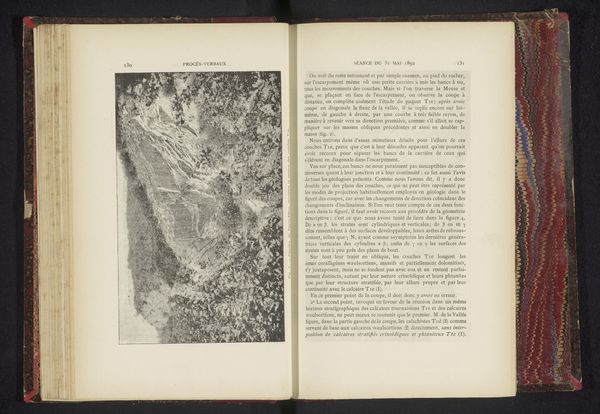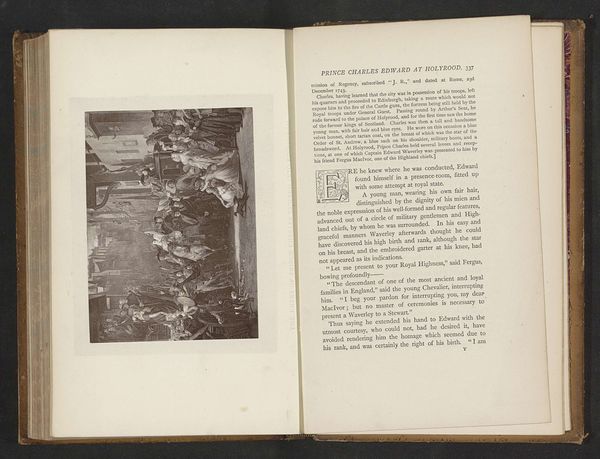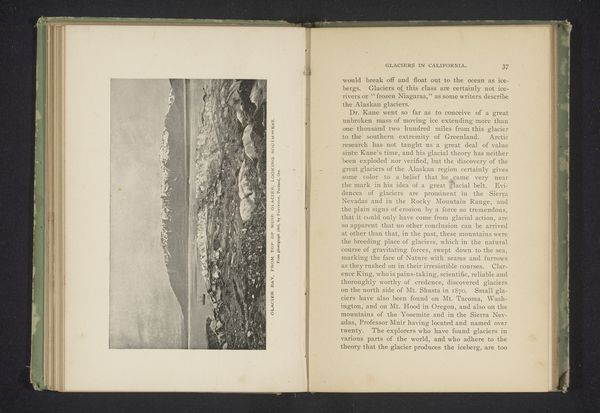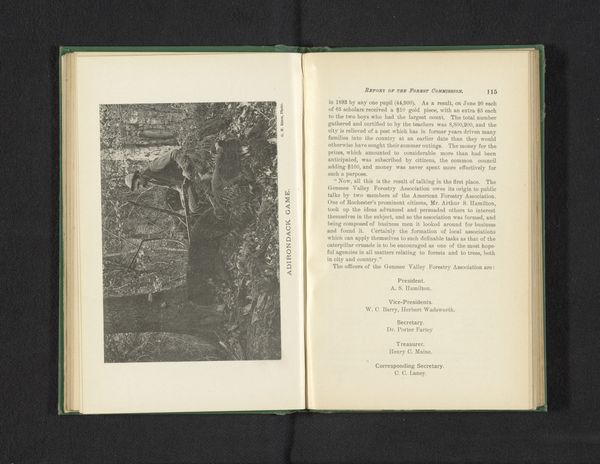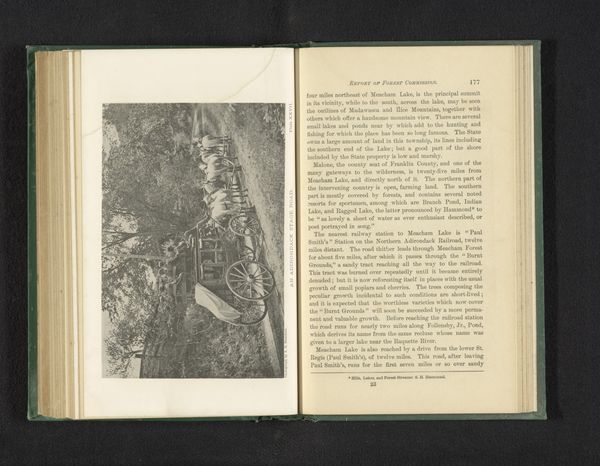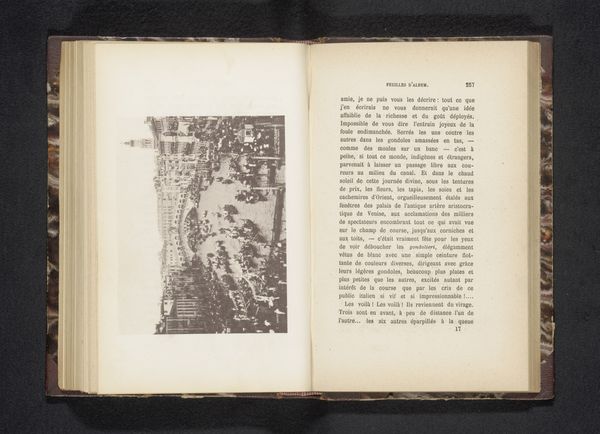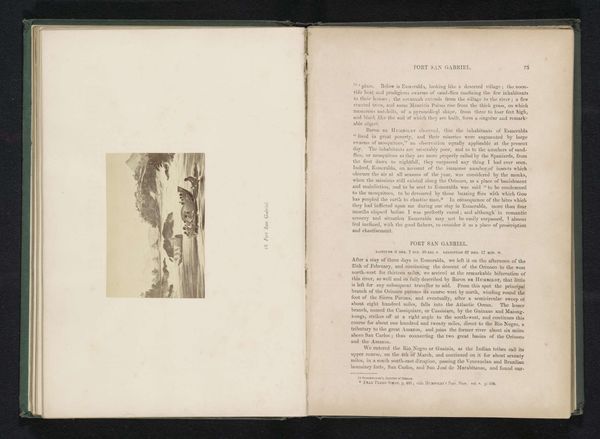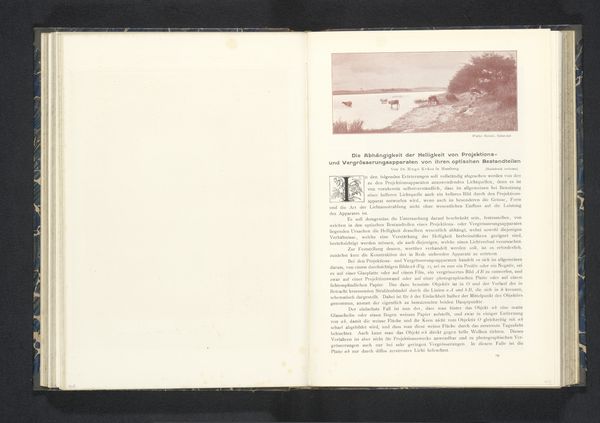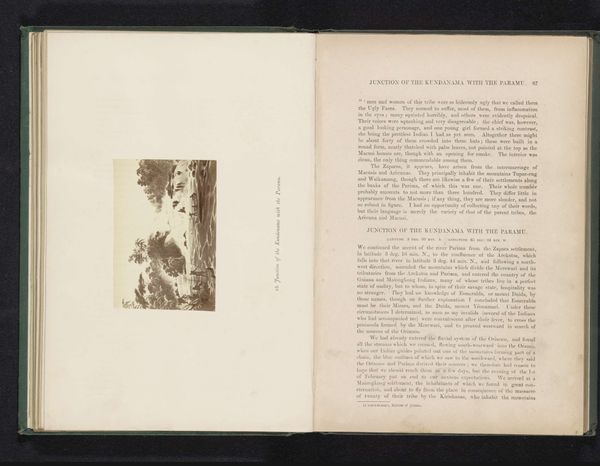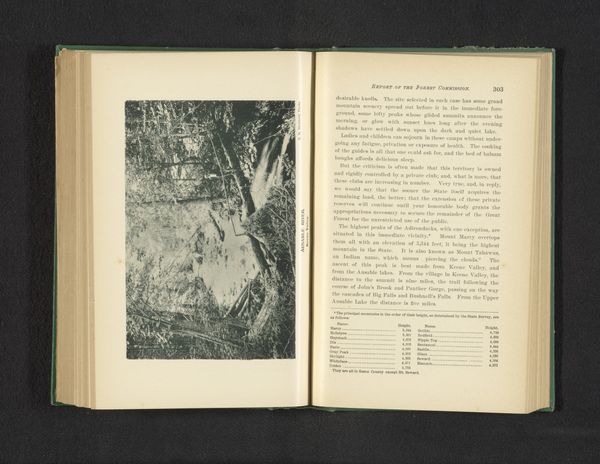
Fotoreproductie van een prent voorstellend de dood van Sir Ralph Abercrombie tijdens de slag bij Alexandrië before 1891
0:00
0:00
print, engraving
#
script typeface
#
aged paper
# print
#
landscape
#
hand-drawn typeface
#
journal
#
thick font
#
history-painting
#
handwritten font
#
classical type
#
thin font
#
engraving
#
historical font
#
small font
Dimensions: height 114 mm, width 88 mm
Copyright: Rijks Museum: Open Domain
Editor: Here we have a photo reproduction of an engraving, "The Death of Sir Ralph Abercrombie at the Battle of Alexandria," dating to before 1891 and attributed to an anonymous artist. It depicts a chaotic scene of battle, full of swirling figures and dark tones. What strikes me is the romanticized depiction of war; the scene almost appears painterly, despite being an engraving. How do you interpret this work? Curator: That romanticism you observe is precisely the point. Consider this work's original audience: Were they experiencing war firsthand? Likely not. This image, reproduced and disseminated, served to shape public perception of British military campaigns in Egypt. Who gets remembered as a hero, and who is erased from this narrative? Editor: That's interesting. So you're saying it's not necessarily about accurately depicting the battle, but about constructing a particular image of British heroism and power? Curator: Exactly! And we need to question whose perspectives are centered. Abercrombie is valorized here. But what about the experiences and losses of Egyptian people, or even the rank-and-file British soldiers who suffered and died? They are rendered largely invisible. The 'glory' obscures a complex reality of colonial violence and geopolitical strategy. Editor: It makes me rethink the seemingly 'historical' image in front of me. The romanticism almost sanitizes the grim realities of conflict in service of empire. Curator: Precisely. These seemingly straightforward depictions of history often mask intricate power dynamics and selective storytelling, reflecting societal values, prejudices and the propagandistic goals. Editor: This definitely gives me a lot to consider when looking at other historical artworks. Curator: As it should. Never stop questioning what stories are being told, and whose voices remain unheard.
Comments
No comments
Be the first to comment and join the conversation on the ultimate creative platform.

